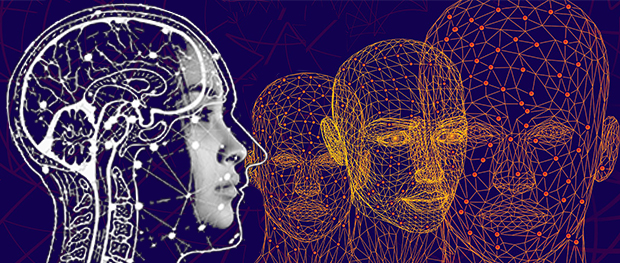
Utilizing Personality Testing to Build Team Dynamics and Understand Your Team
A good leader has a true appreciation of who each of his or her team members are, beyond personality on a surface level. This requires finding out what motivates an individual and his or her preferred communication styles. Personality testing is a useful resource that team leaders can utilize in order to create a strong team dynamic. There are numerous personality tests and characterization methods in publication: DISC, Meyers-Briggs, Enneagram type testing and The Five Love Languages, to name a few. There is no set rule on which is best; it is at the team leader’s discretion to determine which method best serves his or her team. The goal of utilizing personality testing as a workplace resource is to gain a better grasp of who team members are and how each person can grow toward his or her full potential.
A strong team should incorporate a group of individuals with differing skills, personalities and perspective of thought. While necessary to cultivate creativity and innovation, the introduction of diversity in thought process and philosophy amongst a team has the potential to create conflict (and that’s ok!). A healthy amount of conflict allows for growth, so long as it is resolvable. Teams fail when conflict grows to a point where it cannot be reconciled—in the workplace, this leads to staff turnover. Without a constant team, it is very difficult to form a true team dynamic. Lack of such eventually causes business to suffer. Continuity amongst the team allows for the creation of a positive workplace culture built around expectations and goals.
Completing personality and behavior style testing together as a team sets the foundation for a strong group dynamic built on empathy and trust. This task allows the team to see qualitative results that explain behavioral styles and personality traits. Reviewing characteristics of each personality type as a group allows for the team to appreciate how one another thinks, processes emotions, and prefers to communicate or be approached. Gaining an understanding of each personality type can also allow for better communication with patients. By recognizing personality types of patients, we can better tailor their overall experience with the knowledge that each personality type prefers different approaches to communication and interaction.
Ultimately, this type of behavioral review is meant to serve as a means to bolster team unity by highlighting team members’ strengths and understanding areas for growth. While it is an excellent and fun resource to explore with your team, personality testing is not an exact science and does not necessarily define a person’s behavior type within one subcategory. Personality typing merely provides a general outline of common behavioral tendencies and personality traits based on responses. Most commonly, an individual’s personality is best described as a combination of subtypes.
An exceptional leader knows how to motivate his or her own team by gaining a genuine understanding of the individual personalities of team members. Essentially, this creates synergy amongst the group, empowering individuals to work together towards achieving a collective goal. We spend more time with our team at work than we do with our loved ones at home, so why not take the time to really get to know the people we work with?

